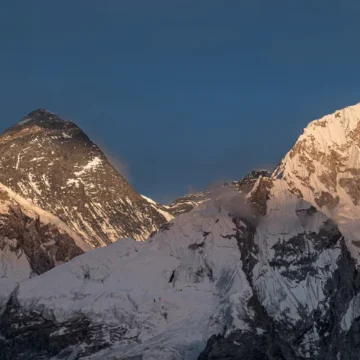
13 Things before booking treks in Nepal in 2024
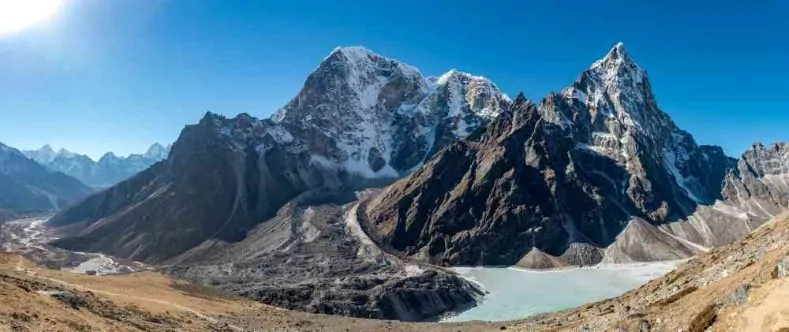
Table of Contents
No matter how your life is going, travelling always gives that sense of rejuvenation. Moreover, wandering in the unknown lands of the Himalayas in Nepal will be rejuvenating and thrilling. With unlimited places to visit and adventures to endeavour, Nepal offers the highest form of excitement. Proper preparation is the key to successful treks in Nepal. Let’s learn about things to know before traveling to Nepal.
However, the remote Himalayas of Nepal can also be scary and risky. Proper planning and the correct information are key to succeeding in Nepal’s most challenging treks. Nepal has some trekking rules. Nepal Trekking Rules 2024 should be implemented and abide by all the trekkers. This article is all about things to know before traveling to Nepal so that you can enjoy a fantastic trip.
Booking your Travel Package
Since Nepal is an underdeveloped country, only a little information about trek routes is available on Google. There are many hidden trek lands and restricted trek regions in Nepal that you cannot explore alone. That’s why we suggest booking your stay with a travel agency in Nepal. However, don’t book expensive packages with an international travel agency or third-party websites. Directly book your treks in Nepal with a local travel agency before or after your arrival in Nepal. Travel agencies are full of scammers, offering you very cheap packages and then giving you a package that includes almost nothing. You can find Nepal 7 day trek or 3 day trek in Nepal. Choose wisely.
With Himalayan Masters, you will have a neatly arranged package with everything needed for the tour included. The agency will arrange all permits, guides, and porters. You can book your package with Himalaya Masters before or after the tour via our Website. Or send us an email to confirm your treks in Nepal. There are certain things to know before traveling to Nepal which we will discuss below.
Trek Itinerary
Despite being a very tiny Nation, Nepal has unlimited Nepal trekking 2024 routes. The cost, Itinerary, difficulty, and risk vary significantly as per these trek destinations. For example, the Everest view trek is a week-long tour in Khumbu, while the Gokyo Lake trek is about three weeks long, and two of these trek packages on the same route offer an utterly different trek experience. So, don’t just look for the package and cost; the first thing you should compare is the Itinerary. Also look for Nepal treks for beginners if you haven’t trekked before.
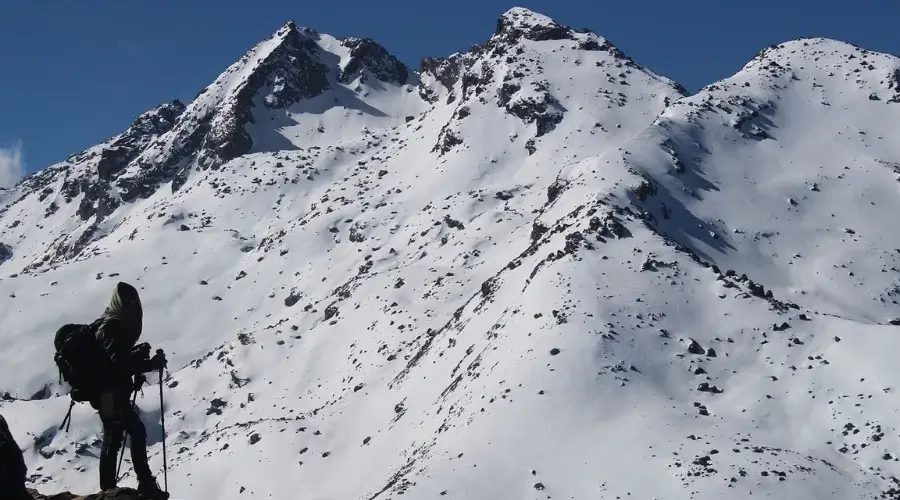
Look if the Itinerary has private rides, domestic flights, rest/acclimatization days, camping accommodations, etc. Only pick the package that includes 5-6 hours of daily walking (less than 15 km) and slowly takes you to the destination during Nepal treks for beginners. Don’t just compare the price; compare Itinerary and facility.
Tips:
Provide your time and details to the travel agency so that they can create a customized itinerary for you. Just don’t look at them online; book your treks. Make sure you ask for the company’s license and the guide who will accompany you. Get a list of things that are included in the package and not included in the package so you can compare the prices.
Take your time to plan the Himalayas of Nepal.
There are two types of travellers in the world. One who would think about a beautiful place and pack their bags without much thought, instantly heading towards the destination. And then there’s another type who would love to plan everything about the trek. If you are the first kind, book a travel package in Nepal and let the agency handle all the planning. Otherwise, the suffering in the remote lands of the mountains might be unbearable.
If you are the second type, independent travel can be a good option. Research your destination in detail, get the contact information of guides/ porters, and look for hotels on the trail. Since the high-altitude mountains can be deadly, planning is a big part of your Nepal trip.
Travel Insurance
Most travel agencies in Nepal make it compulsory to submit your travel insurance documents before the trip. And even if they don’t ask for it, you should get good high-altitude travel insurance for safety reasons. Climate conditions up in the mountains are unpredictable. Moreover, high-altitude destinations are always prone to lots of mishaps. This is one of the important things to know before traveling to Nepal.
Make sure your travel insurance covers quick helicopter evacuation in the mountains. It should also cover the cost of trip cancellation, flight delay, theft, robbery, and every other mishap that might happen.
Start talking to your guide before the trip.
Can you trek in Nepal without a guide? Yes, you can but having a guide with you will be better. Your trip guide will also be your guardian and best friend. Once you book the trip with Himalayan Masters, our guide will contact you. Afterwards, the guide provides you with a list of things you should buy and documents you should bring and informs you about all other preparations that must be made.
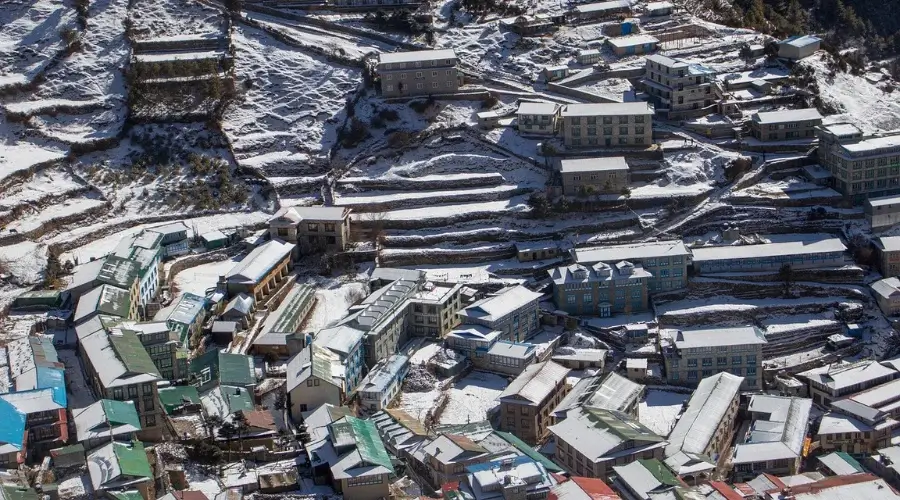
Even when planning to trek in Nepal as an Independent trekker, ensure you find a guide before the trip to ensure you cover everything while preparing for Nepal. This way you can have knowledge about things to know before traveling to Nepal.
Keep yourself prepared
If you have just started planning your trek to Nepal, it’s a perfect time to prepare your body. Nepal trekking 2024 in Nepal demands good physical and mental fitness. So, a few months before the trip, engage in physical activity. Joining the gym for 2-3 months and engaging in cardio exercises is recommended. This will make your tour to Nepal much easier.
You will need extra cash.
Even if your agency claims to include everything in the trek package of Nepal, there are still many hidden costs. For example, the agency pays for the cost of the room, but you pay a few extra dollars ($5 to $10/ day) just for charging Wi-Fi, and a hot shower. Similarly, you might crave food on the trail and need juices or chocolates. Sometimes, the cost of flight/ internal transportation might not be included. Tips and donations for guides, porters, and donations might also be high. All these minor costs add up to $500 to $1000 for 2-3 weeks treks in Nepal. Make sure you include these prices in your trip cost other than the one paid to the Trekking company in Nepal.
ATMs in Nepal
ATMs are mostly found only in Kathmandu and Pokhara. A few ATMs might be in starting places, such as Besisahar of Lamjung and Lukla of Everest. However, it’s highly advised that you get all the money you need in cash at Kathmandu or Pokhara.
Many ATMs in Nepal have a withdrawal limit of about USD 200; you can withdraw up to $1000 daily. Since the hotels and restaurants on trek routes don’t accept cards or online payment, you will need a lot of cash. You can pay the amount for the guide and porter before or after the trip and carry the other cash you need for the journey. Also, don’t keep all of your money in the bag; keep it safely in multiple places.
With Himalayan Masters: We accept all forms of cash, card, and online transactions for our booking. Since the cost of food, accommodation, and guide/ porter are already covered, the only money you will need is for drinks and tips.
Stay in Kathmandu for a few days before trekking in Nepal.
Most trekkers arrive in Kathmandu and rush to the Nepal trekking 2024 route. However, we don’t suggest that to our trekkers. Kathmandu has a landscape, heritage, and artistic monuments not found on Nepal trekking 2024 trails. It’s better to stay here for a few days to explore this beautiful city, prepare for the trek before the trip, and head to Nepal tea houses.
Moreover, if you are headed for the Annapurna region, stop for a few days in Pokhara. This wonderful city has many lakes, caves, rivers, and natural wonders.
I don’t expect to book a 12-day trek and be back home in 13 days. There might be tour delays, additional stays, or some political issue that extends your stay in Kathmandu.
Can you can rent trekking gear in Nepal?
Depending on your trek destination and season, you may or may not need one of these trekking gears for trekking in Nepal
- Sleeping bag
- Trekking poles
- Trekking boots
- Down jacket
- Crampons
- Ropes and axes
- Tents
- Sleeping mat
- Cooking utensil
Buying all these gears for a single trip is expensive. Thankfully, there are many shops around Thamel in Kathmandu and Lakeside in Pokhara where you can rent these gear cheaply. The quality of these clothes you hire might not be excellent, but they work properly. You can also get batteries, solar chargers, torches, bottles, and bags you need during the trek. Trekking in Nepal in November can be a good weather to trek in Nepal.
Moreover, the hiring rate is also cheap, about $2 to $3 per day per product. Unless you want branded clothes, you don’t need to buy everything from your home country. Get some comfortable shirts/ pants, and you can hire the rest.
Know what to expect.
Trekking routes in Nepal are quite remote. While cities like Kathmandu and Pokhara are filled with luxury hotels and restaurants, almost all trek routes in Nepal have every kind of accommodation. These local hotels, called tea houses, have small, cozy rooms with two small beds and a mattress + blanket. And that’s all. The new, remote trek routes like Kanchenjunga and peak climbing are all about camping accommodations. However, the food in these local hotels is quite good, and you wouldn’t suffer from a bad meal. We guess you have learnt much about things to know before traveling to Nepal.
If you seek luxury, try something other than remote routes. Just roam places around Kathmandu and Pokhara. However, once you are on the trek, forget your comfort zone and enjoy every bit of the trek. If thousands of locals have been living in these villages for so many decades, you will manage to live like that for a few weeks.
Can you trek in Nepal in December? Yes, you can but you need to be prepared for the cold weather on the trekking routes.
Be prepared for all kinds of weather.
If someone told you that it’s hot in Nepal and you wouldn’t need any jackets in Nepal, well, don’t trust them. Irrespective of the weather, the mountains of Nepal are always cold and windy. Since the weather and temperature of the Nepal Himalayas change within minutes, you should be prepared for all conditions. The temperature at night is mostly below zero, making it dangerous to trek to Nepal. And the Nepal tea houses aren’t able to cope with such temperatures.
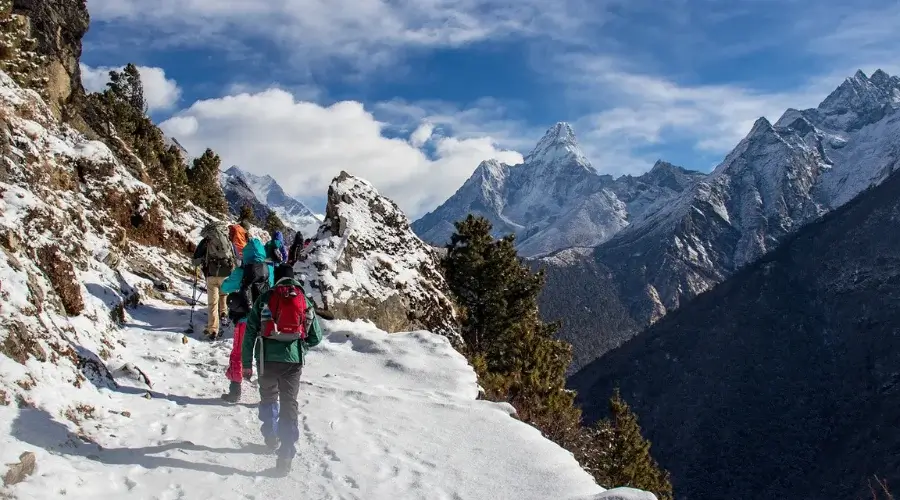
Tips
- Carry a windproof and waterproof down jacket
- Waterproof trek pants are preferable
- Get trekking boots that are made to walk on snow and slippery trail
- Dry bags for your mobile, camera, and batteries
Pack wisely
Once you leave Kathamandu/ Pokhara and head towards the trek trail, you can buy minimal things during the trek in Nepal. In simple words, whatever you need should already be in your bag.
First aid: Blisters, cuts, and camps are often encountered during the trek. Also, headaches, leg pain, shoulder pain, and diarrhea might occur. You should get massage oil, bandages, and paracetamol (painkillers).
Personal care items: Since most of us prefer personal care items of a specific brand, we suggest you get those items for your home country—Beanie, Sunscreen, sanitizer, hydration, toilet paper, gloves, scarves, etc.
Electronics: You should get a universal adapter, power bank, solar chargers, torches, batteries, and all other gadgets you need from your home country.
Snacks: Snacks can be brought on the trekking trail, but they are limited and very expensive. Chocolate, energy drinks, chips, instant coffee/ tea, juice, etc., can be brought to Kathmandu/ Pokhara. You don’t need to carry everything from your home country.
Final thoughts,
Now that we have mentioned 13 things before booking treks in Nepal in 2024. Is the information we share here useful to you somehow? We have mentioned the major things to know before traveling to Nepal.
Even your slightest response will be beneficial to us. So, make sure you leave a comment below. Also, if you want affordable and high-quality treks in Nepal, fill out our booking form or email us.
See you Soon!!!
Want to know more?
Speak to an Expert





Sandip Dhungana
Nepal 🇳🇵
Whatsapp: +977-9823636377

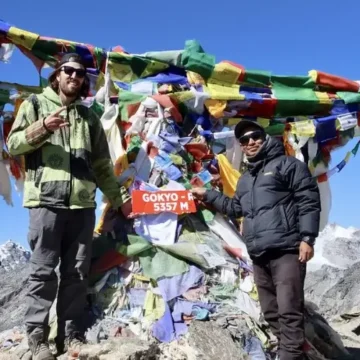

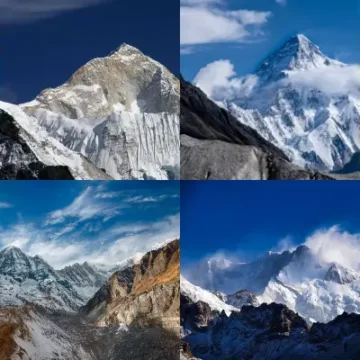
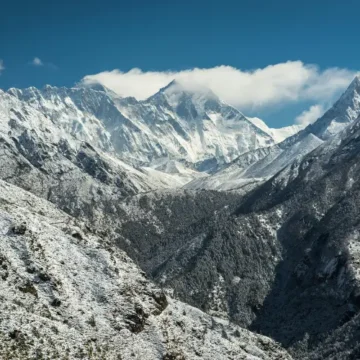
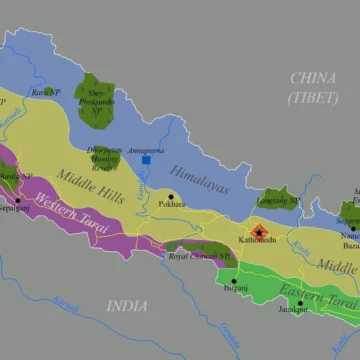
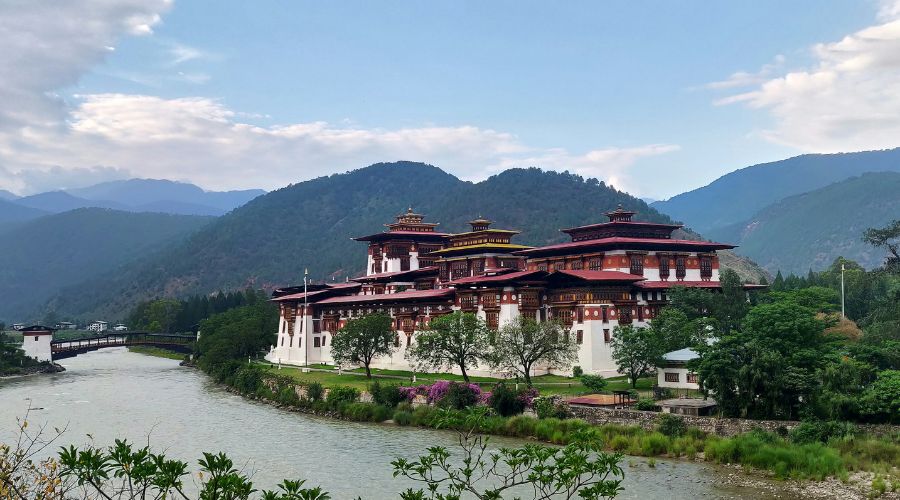
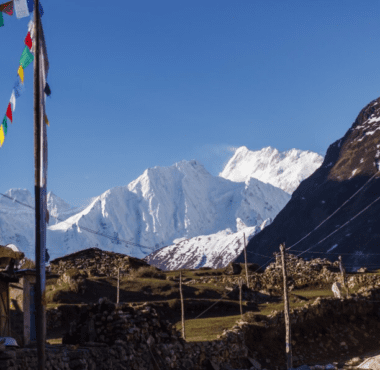
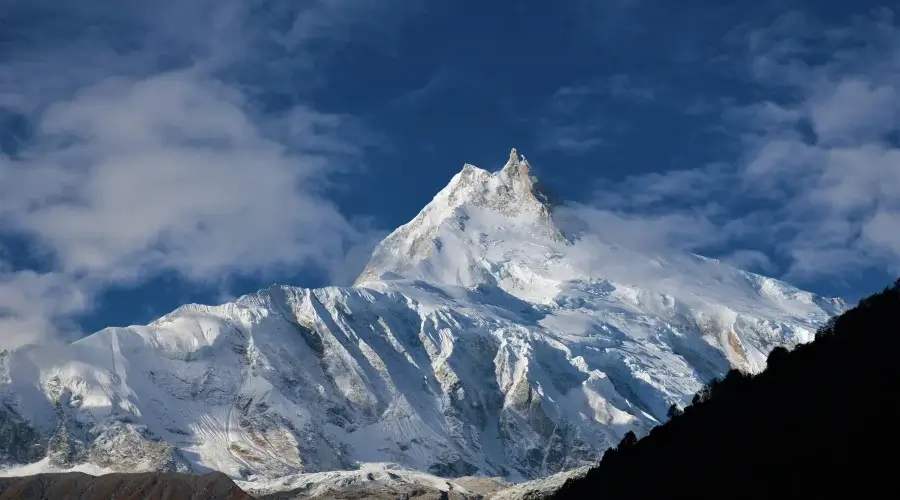
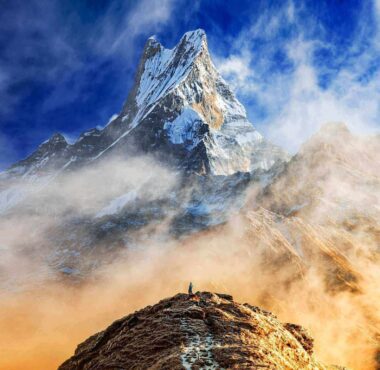
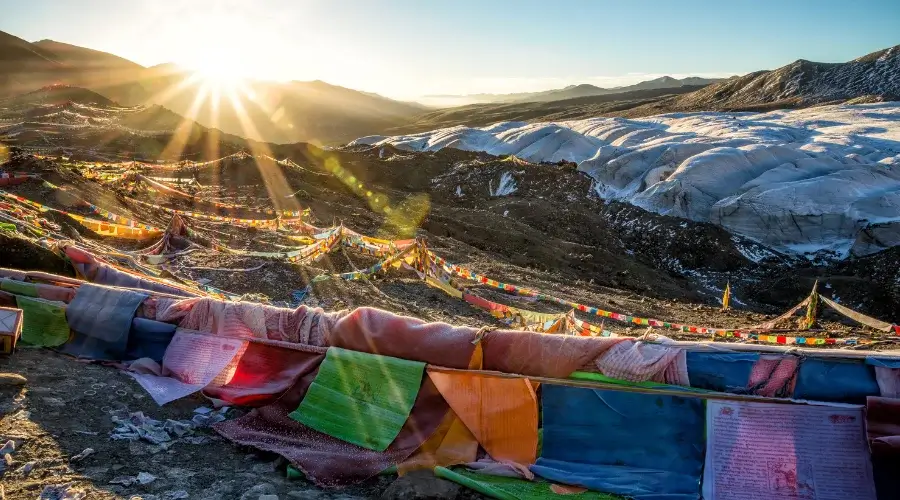







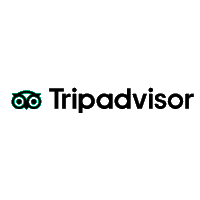

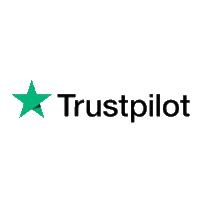
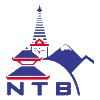

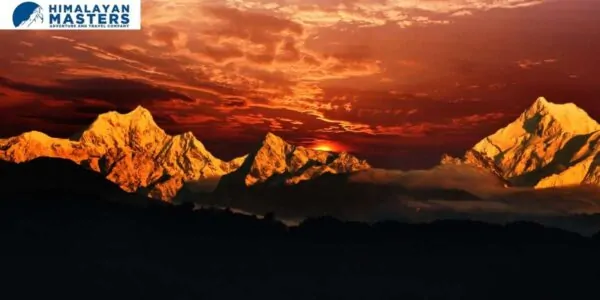
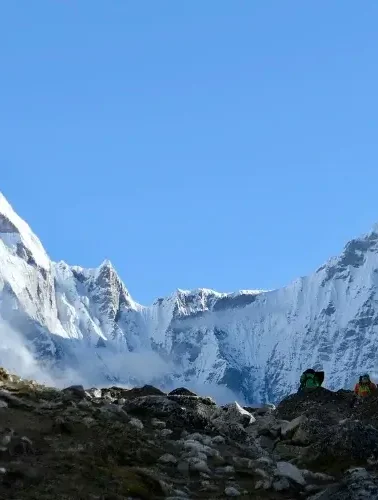
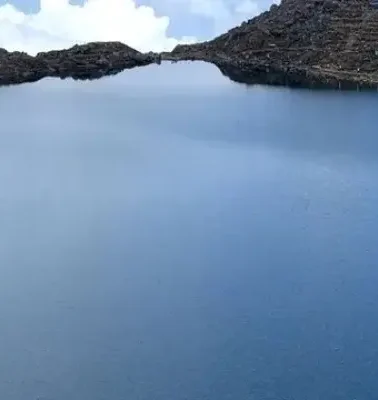
Leave Your Comment